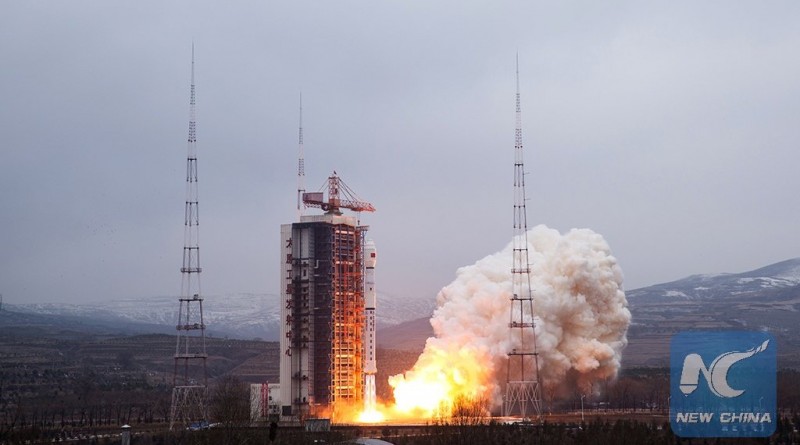China conducts Secretive Launch of Yaogan-28 Reconnaissance Satellite
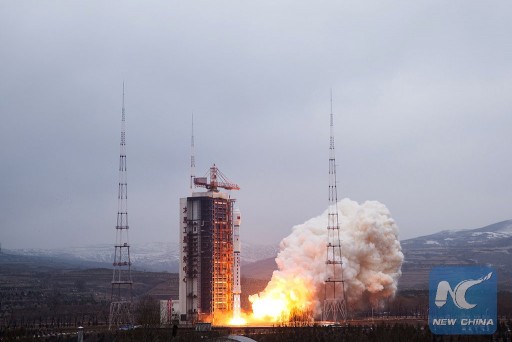
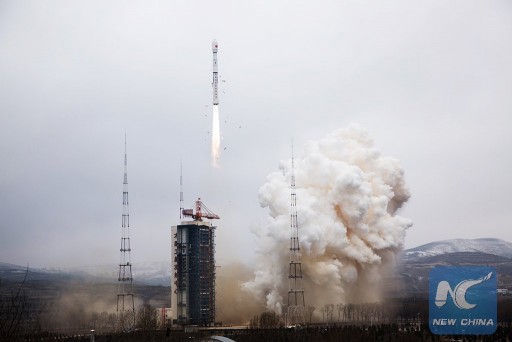
China conducted a secretive space launch on Sunday, lofting a military reconnaissance satellite into orbit. The Long March 4B rocket carrying the Yaogan-28 satellite lifted off from the Taiyuan Satellite Launch Center at 7:06 UTC with no prior notice from official channels, not even the usual Navigational Warnings for air traffic.
This secretive mission comes just days after the most recent Chinese launch of a Long March 3B that boosted the ChinaSat-2C satellite to Geostationary Transfer Orbit on Tuesday. Officially reported to be a communications satellite delivering TV and data services, the ChinaSat-2C spacecraft in all likelihood belongs to the Shentong-2 series of strategic communications satellites operated by the People’s Liberation Army for government and military use. The story for Yaogan-28 is not as complicated since the Yaogan satellite series, despite being advertised as a civilian remote sensing satellite constellation, is known to be a military-operated project for the collection of Earth imagery using either optical imaging payloads, radar imagers or electronic intelligence payloads.
The consensus among western observers is that Yaogan is used for military reconnaissance on a global scale, based on information released by Chinese sources and the observed structure of the satellite constellation as well as its launch rate that overshadows any civilian program – by far.
The first Yaogan satellite was launched in April 2006, carrying a first generation Synthetic Aperture Radar imaging payload. The first optical satellite entered orbit in May 2007, marking the beginning of a steady launch rate in the Yaogan program.
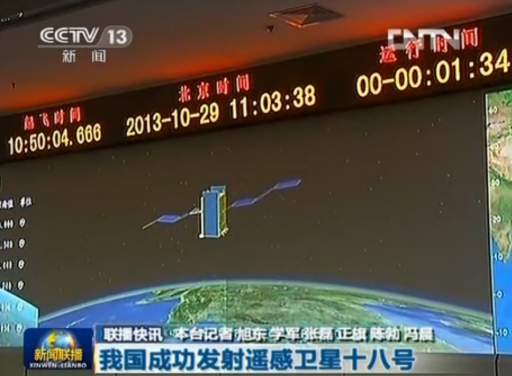
Three first generation radar satellites were launched between 2006 and 2010 (Yaogan 1, 3, 10) while the same period saw the launch of four first generation electro-optical satellites (2, 4, 7, 11) followed by another first generation satellite, Yaogan 24, in 2014. These first generation satellites operate in Sun Synchronous Orbits around 630 Kilometers in altitude and an inclination 97.9 degrees, providing global coverage.
The second generation of Yaogan satellites was inaugurated in 2008 and was characterized by a lower operational orbit at around 500 Kilometers. Four second generation optical satellites (5, 12, 21,26) were launched to date while the second generation of SAR satellites saw four launches as well (6, 13, 18, 23). Another component to the optical Yaogan constellation was added in 2009 with the launch of Yaogan 8 which entered a much higher orbit at 1,200 Kilometers, inclined 100.5 degrees. The Yaogan 15, 19, 22 and 27 satellites also entered this type of orbit.
The Yaogan 9 mission introduced multi-satellite missions to the Yaogan program as a trio of satellites was spotted in orbit. The three spacecraft entered a a highly choreographed, triangular constellation in a 1,080 by 1,100-Kilometer Orbit at an inclination of 63.4 degrees – resembling the US NOSS triplets that were used for electronic intelligence purposes until being replaced by duos of NOSS (Naval Ocean Surveillance System) starting to be launched in 2001. A total of five Yaogan triplet launches have taken place to date (9, 16, 17, 20, 25).
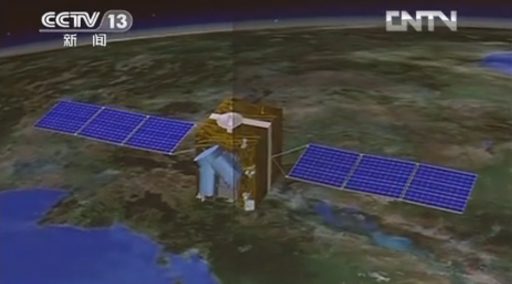
Yaogan 14, launching in 2012, entered a unique position within the Yaogan constellation, showing the lowest orbital altitude of all operational satellites at around 475 Kilometers. Furthermore, Yaogan 14 used a unique launch vehicle configuration, requiring the Long March 4B rocket to be outfitted with a 3.8-meter payload fairing.
Sunday’s launch came without official notice, though information made its way out in the days leading up to the mission. Lifting off from Taiyuan at 7:06 UTC, the Long March 4B executed a successful ascent mission, as confirmed by official press reports issued around two hours after the launch.
The launch time of Yaogan 28 matched that of Yaogan 14 lofted in 2012 and Long March 4B flew with the characteristic 3.8-meter fairing as seen in photos of the launch – confirming that Yaogan-28 is the second Yaogan 14-class satellite.
Orbital data issued by the Joint Space Operations Center showed two objects related to this launch:
2015-064A – 457.9 x 482.1 km – 97.24° 2015-064B - 217.4 x 462.2 km – 97.35°
Object A represents the Yaogan 28 satellite while Object B is the spent CZ-4B upper stage that conducted an orbit reduction maneuver after spacecraft separation and is due for re-entry soon. The low insertion orbit provides further proof of the satellite’s identity.
The newer optical satellites in the Yaogan series are likely based on the Phoenix Eye-2 satellite platform that is also employed by the Ziyuan Earth observation satellites and several other Yaogan satellites carrying optical payloads.
Phoenix Eye-2 satellites can have launch masses in excess of 2,000 Kilograms featuring two three-panel solar arrays, a three-axis attitude determination and control platform for precise pointing, and a propulsion system consisting of orbit correction engines and attitude control thrusters.
PE-2 satellites are known to facilitate high-resolution optical imagers, infrared-imaging payloads and stereo imagers, usually operating from Low Earth Orbit.
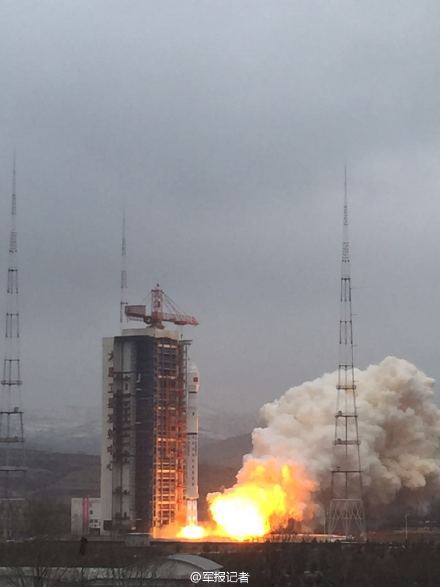
The CZ-4B launch vehicle is 45.8 meters in length and 3.35 meters in diameter. It has a launch mass of 249,200 Kilograms. The Long March 4B is based on the CZ-4 Family of launch vehicles and was developed by the Shanghai Academy of Space Flight Technology. Development of the Launcher began in 1989 and the CZ-4B completed its maiden flight on May 10, 1999 with the Fengyun 1C Weather Satellite.
The Long March 4B version was developed to accommodate larger satellites by outfitting the launcher with a bigger Payload Fairing and making design improvements. It features several modifications such as improved telemetry, tracking, control, and flight termination systems.
All three stages of the vehicle use Unsymmetrical Dimethylhydrazine and Nitrogen Tetroxide as propellants. The first stage uses a YF-21B engine which is a cluster of four YF-20B engines providing a total liftoff thrust of 2,971 Kilonewtons. The Engine Assembly has a weight of 2,850 Kilograms, is 3.3 meters in length and 3.5 meters in diameter.
The engine nozzles are gimbaled for vehicle control. The first stage is 24.66 meters in length and holds 183,200 Kilograms of Propellants. Its empty mass is 9,990 Kilograms. First Stage burn time is 170 seconds.
The second stage is 10.41 meters long and has a fueled mass of 39,600 Kilograms. It is powered by a YF-24B main engine and a four-chamber YF-23F gimbaling vernier thruster for attitude control. The main engine delivers 742 Kilonewtons of vacuum thrust while the vernier engine provides 47.1 kN of thrust. The stage burns for 127 seconds before shutting down and separating from the third stage (vernier burn time is 137 seconds due to hot staging between the first two stages).
The upper stage of the Long March 4B launch vehicle is 4.92 meters long and has a reduced diameter of 2.9 meters. It has an empty mass of 1,700 Kilograms and holds 12,900 Kilograms of propellants. It is powered by a YF-40 Main Engine that provides 100.3 Kilonewtons of thrust. The third stage supports burns of up to 359 seconds to inject the payloads into their desired orbit. Long March 4B is topped by either a 3.35 or 3.8-meter payload fairing that is over 8.45 meters in length.

